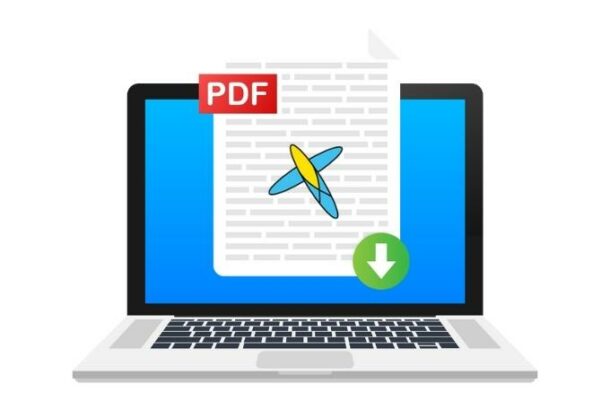Introduction
In exploring the impact of attachment styles on leadership effectiveness, we turn our attention to the Avoidant Attachment style. This style is defined by a pronounced self-reliance and emotional detachment, presenting unique challenges in team dynamics and leadership facilitation. Drawing from Mikulincer and Florian’s 1995 study, “Appraisal of and Coping with a Real-Life Stressful Situation: The Contribution of Attachment Styles,” we find that leaders with an avoidant attachment tend to adopt distinct strategies for stress management and problem-solving. These strategies significantly influence their approach to team management, highlighting the intricate link between attachment styles and leadership efficacy.
Understanding Avoidant Attachment in Leadership
Leaders with an Avoidant Attachment style often exhibit high independence and prefer solitary problem-solving. While this can lead to efficient decision-making, it may also create barriers to deep emotional connections with team members, impacting team spirit. Let’s delve deeper into this:
Strengths:
- Independent and decisive: Avoidant leaders are comfortable making decisions on their own and taking initiative. This can be advantageous in fast-paced environments where quick action is needed.
- Focus on efficiency: They prioritize getting things done and often excel at streamlining processes and minimizing wasted time.
- Self-reliant and resourceful: They rarely seek help or validation, preferring to handle challenges themselves. This can make them reliable and dependable under pressure.
Challenges:
- Emotional distance: Avoidant leaders may struggle to connect with their team members on a deeper level. Their focus on tasks and goals can leave them less attuned to individual needs and emotions.
- Lack of collaboration: Their preference for solo work can hinder teamwork and brainstorming. This can lead to missed opportunities for diverse perspectives and creative solutions.
- Difficulty with feedback: They may need constructive criticism and help to give it effectively themselves. This can create a culture of fear or hesitation to speak up, hindering improvement. .
The Individual Impact
The behaviour of an avoidant leader can significantly impact individual team members. Team members may feel like they are just cogs in the machine, leading to decreased motivation and engagement. Misunderstandings and resentment can fester, damaging team spirit and productivity. All this can lead to a sense of alienation within the team.
Strategies for Leaders with Avoidant Attachment
While avoidant attachment styles present challenges, it’s important to remember that individuals can learn and grow (Maslyn, Schyns, & Farmer, 2017). Here are some ways to bridge the gap between avoidant leaders and their teams:
- Encourage Open Communication: Creating channels for open dialogue can foster inclusivity. Actively listen and address concerns with empathy.
- Participate in Team Activities: Team-building exercises can help lessen emotional distance. Celebrate successes together to build rapport and trust.
- Seek Feedback: Regular feedback sessions provide insights into the team’s needs and perceptions. This fosters a more understanding and supportive work environment.
Case Study: Bridging the Gap – Jordan’s Transformation
Jordan, known for her avoidant attachment style, faced challenges in team cohesion and engagement. She often made decisions independently, leading her team to feel disconnected. By consciously adopting strategies like inclusive meetings and actively seeking team feedback, Jordan began to bridge the emotional gap. The result was a noticeable improvement in team involvement and a more collaborative work environment.
Conclusion: Toward Inclusive Leadership
Avoidant leaders who implement tactics encouraging inclusivity and emotional connection can significantly improve their facilitation skills.
Embracing a supportive team atmosphere and realising the importance of teamwork are essential milestones in this process.
Join us at Leadership Tribe to explore Avoidant Attachment and other leadership styles. Please share your experiences and insights to enrich our collective understanding.
Our next article will explore the complexities of the Fearful-Avoidant Attachment style in leadership, examining its unique challenges and strategies for effective navigation.
References:
Mikulincer, M., & Florian, V., 1995. Appraisal of and Coping with a Real-Life Stressful Situation: The Contribution of Attachment Styles. Personality and Social Psychology Bulletin, 21, pp. 406 – 414.
Maslyn, J., Schyns, B., & Farmer, S., 2017. Attachment style and leader-member exchange: The role of effort to build high-quality relationships. Leadership & Organization Development Journal, 38, pp. 450-462.




